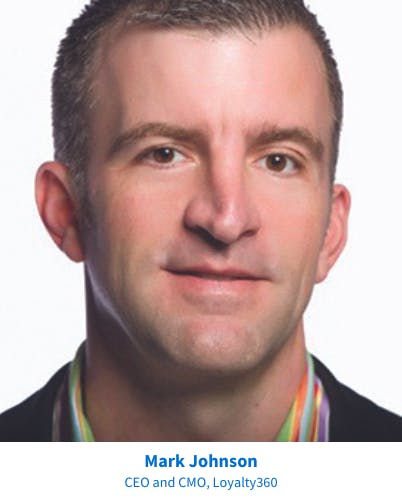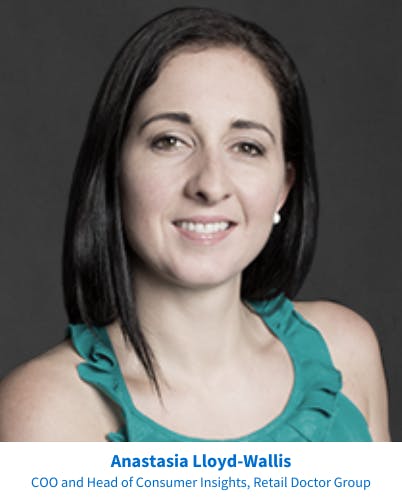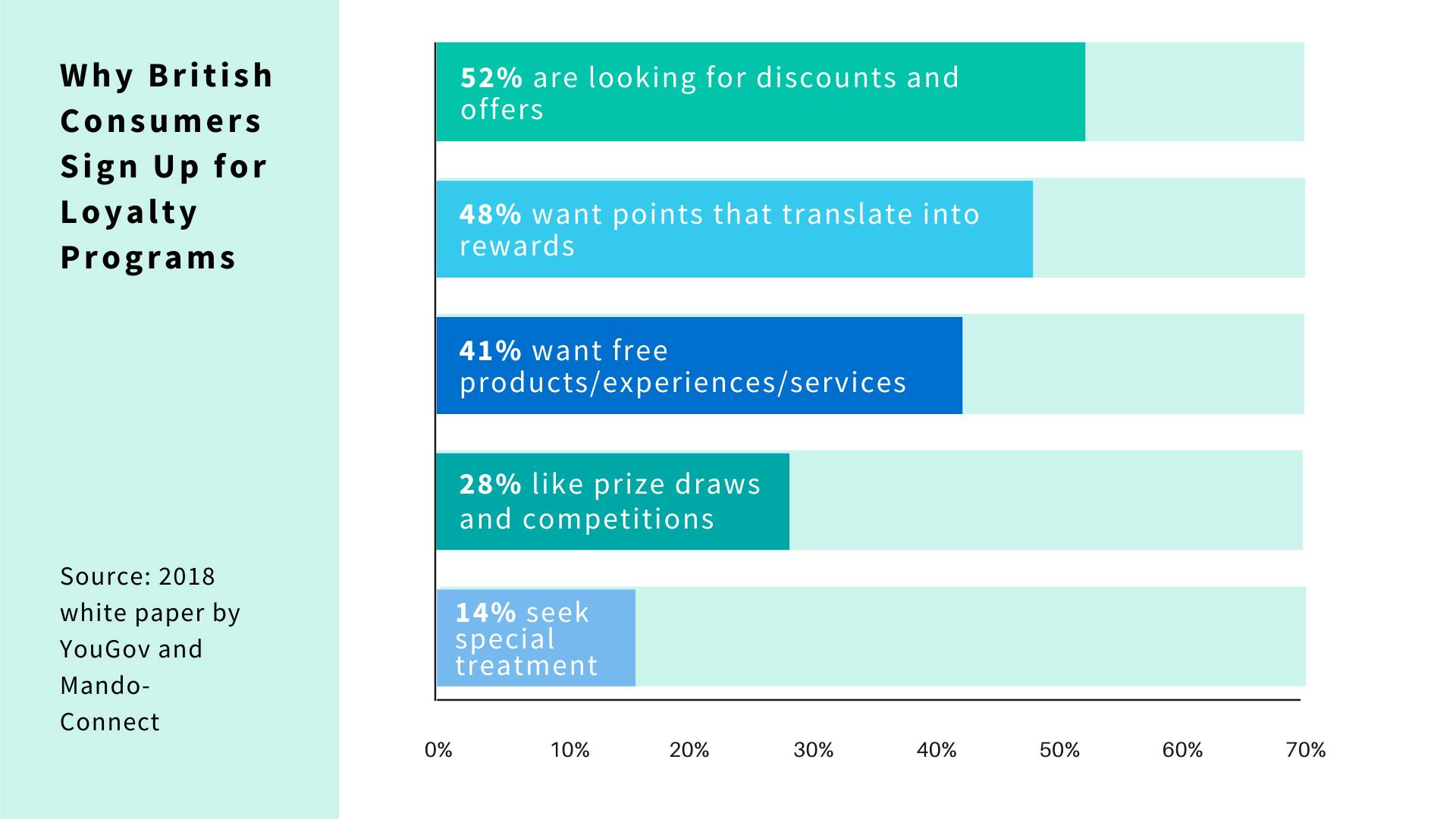Inflation in the U.K. is through the roof, and prices in grocery stores are rising along with it. As shoppers look for the lowest prices and are ready to shop around at different stores, loyalty programs are becoming key to retaining consumers.
Loyalty programs are popular in the U.K., where 65% of the population is signed up with a supermarket scheme. These programs lead to more loyal customers since 47% say they spend more with the supermarket whose program they belong to, according to the Data and Marketing Association in London.
Britain’s various supermarket loyalty schemes run the gamut from Lidl’s, which offers limited-time coupons; to Morrisons, which sends personalized money-off offers to shoppers; to Sainsbury’s, whose Nectar scheme lets customers gain one point per £1 they spend to save on groceries or with partner brands. Users also receive limited time offers, based on what they most frequently buy. Many Brits sign up to a grocery store’s loyalty program in order to get rewards from a partner brand, such as Tesco (partners include Disney+, Pizza Express) and Waitrose (partners with John Lewis department store).

Grocery store loyalty programs in the U.S. are similar, offering coupons, which are often personalized, fuel rewards, and special offers, says David Livingston, a Honolulu, H.I.-based grocery industry expert.
According to Mark Johnson, CEO and CMO of Loyalty360 in Cincinnati, Ohio, “loyalty programs are critical in retaining customers and give them a way to engage with the brand so they are very important in retaining customers.” And since grocery stores can now engage with customers daily, through social media and SMS, engagement is critical, given that programs that focus on digital engagement also have higher performance metrics,” he points out.
Personalized programs
It’s crucial to personalize loyalty programs, both online and off, Johnson notes. “Relevant offers, engaging offers that are timely, is what people want. They want a relationship with the brand and they want personalized offers; they want the brand to know who they are—what they buy, that they’re interested in health and wellness for example. It can cause dissonance if you put forth offers they’re not interested in; they feel not listened to.”

Some retailers are doing a great job with loyalty programs, he points out. One is Scarborough, Maine-based Hannaford, which launched My Hannaford Rewards in 2018 due to customer demand. The program gives shoppers a 2% reward on more than 5,000 private label products. Shoppers also receive personalized coupons for national and regional brands. No enrollment is needed in this program.
The year before that Giant Eagle revamped its loyalty program, offering points for fuel discounts and up to 20% off shopping in store. The Safeway for U program offers gas discounts, reductions on groceries, rewards for every 100 points, personalized deals, and digital coupons.
The more personalized a retailer can make its loyalty card, the better. In January, St. Louis-based Schnucks launched Good For You, which lets shoppers on its Schnucks Rewards loyalty plan track purchases of healthier foods and receive rewards for their wellness-focused choices. Participants also receive special savings offers, recipes, and wellness tips.

According to Anastasia Lloyd-Wallis, COO and head of consumer insights for Retail Doctor Group in Milsons Point, New South Wales, Australia, consumers are turning back to loyalty schemes, “as they become more personalized and differentiated and it has a large influence on customer behavior.”
However, she points out, not all customers want to collect points. “There needs to be a layer of rewards personalized to consumer behavior.” And customers want simplicity, so make it as easy as possible to interact with the loyalty program, she points out.
Benefits to retailers
Grocery store loyalty programs aren’t only beneficial to customers, but they can be a huge boon to the stores themselves. Supermarkets who sign up customers should capture all the data they can about them—where they live, their age, who lives in their household, what they buy, and when.
This data, says Johnson, “allows the brand to re-engage with customers and it’s a unique opportunity for dialog based on reciprocity.” The perfect program, he explains, comes down to understanding. “You need to listen to customers and find out what their interests are and develop programs around that.”
For retailers, having a loyalty program is becoming more important because it allows them to track their customers and engage with them if they haven’t shopped the store in a while, Livingston points out.
At the end of the day, a loyalty program isn’t just about saving money or getting data on your customers but it can be truly a chance to connect.
“Customers want to have an emotional connection with a brand, and this leads to loyalty,” says Lloyd-Wallis. “Loyalty schemes can assist with this by allowing a retailer to personalize a customer’s experience depending on their distinct drivers and needs.”


